Interviews
[Interview] Bloober Team Talk ‘Blair Witch’ Game, ‘Layers of Fear 2’, the Horror Genre, and More

Polish developer Bloober Team has risen to become one of the most interesting voices in indie horror. From the ashes of the poorly received Basement Crawl, the studio turned its fortunes around and hit big with its mind-trickery laden horror Layers of Fear. Since then, Bloober has made the grungy cyberpunk head fuck Observer, a nautical sequel to Layers of Fear, and next month, it releases a game set in the world of the Blair Witch films.
With Layers of Fear 2 just behind us, and the Blair Witch creeping ever closer, now seems like a good time to ask a few questions about the past, present, and future of Bloober Team, so we spoke to Barbara Kciuck and Maciej Glomb about Blair Witch and its time loops, Layers of Fear 2‘s cinematic homages, the criticism of Basement Crawl, why Polish developers embrace Cyberpunk, and why horror is the chosen genre for the team’s work.
Bloody Disgusting: The E3 reveal trailer for Blair Witch seemed to indicate that the game will, in some way, be playing with Groundhog Day-style time loops. Between 12 Minutes and Death Loop, which also had reveals at the show, Tequila Works’ in-development Groundhog Day VR game and this year’s Outer Wilds and Russian Doll, time loops seem to be in vogue right now. What do you think it is about our current moment that has made these kinds of stories popular? And why do you think a time loop narrative is a good fit for a horror game?
Barbara Kciuk: Doing the impossible will always be humans’ greatest fantasy. Traveling through time and escaping the consequences of our mistakes by erasing them altogether seems like a particularly enticing vision. And that’s exactly what authors of unnerving stories are looking for – alluring concepts which they can then twist horribly. Did you want to get rid of some small misstep from the past? Oops! You just made it all much worse. And now you must live with all of the horrible things you did and more.
As the reveal trailer suggested, Bloober Team’s Blair Witch will also feature time loops. However, without spoiling anything, let me just say that they are not the Groundhog Day-style loops. They are not there to help you make your situation better in the end. Blair Witch uses them for much more sinister reasons.
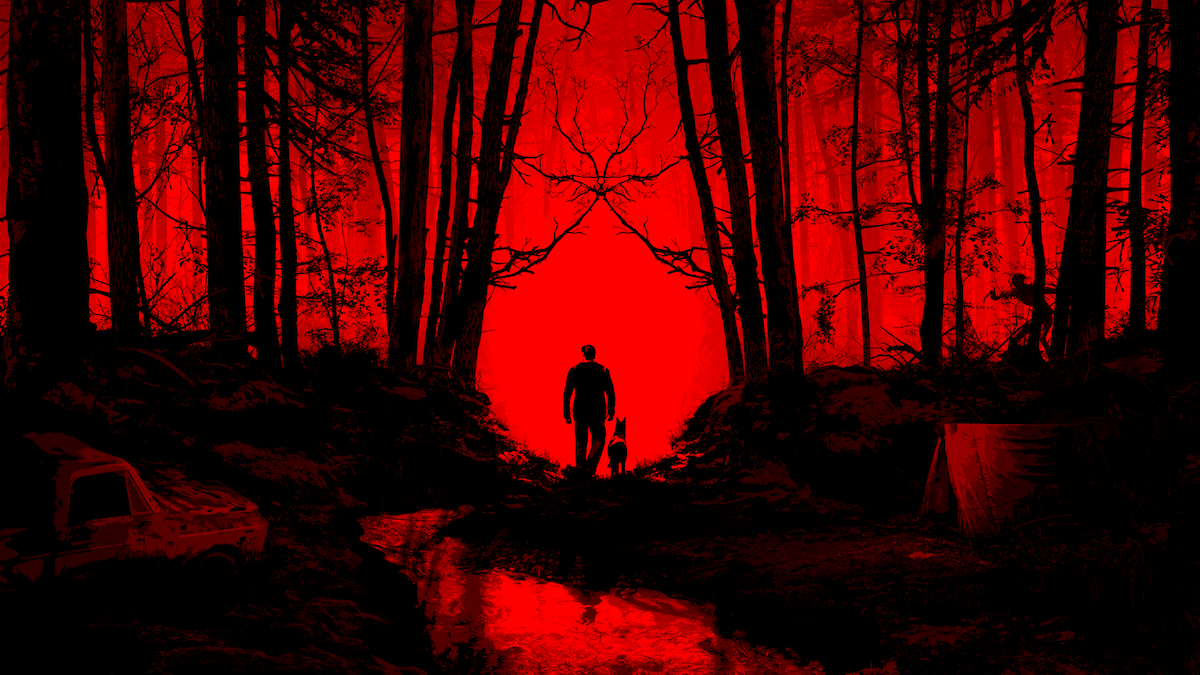
BD: Team developer Maciej Głomb has said that this will be the first Bloober Team game to include combat. How does introducing ways to fight back change the experience for fans of your games who have grown accustomed to running away?
Maciej Głomb: Yeah, I guess that’s the first time I can elaborate on this topic a little bit. [Laughs.] So it changes the experience for sure but I wouldn’t say it’s a drastic change. We are convinced that to create a truly horrifying horror experience in a video game you have to make the players feel vulnerable. When introducing new encounter mechanics we don’t really want to change that. What we want to do is to diversify gameplay mechanics. We already experimented with chase and stealth sequences and with Blair Witch we want to try yet another type of combat in which you will be finally able to defend yourself. Having said that we try to design it in such a way that it still feels as you’re a pray not a hunter.
BD: Observer is, personally, my favorite Bloober Team game. Will we ever see a sequel? If so, what would the team want to build on and improve from the original?
Maciej Głomb: Wow, Observer was such a special project for us. I’m probably a bit biased as it was my first project in the industry but I think I can speak for the whole studio saying that it was the first time we tried to create something so ambitious. From creating such an original story, placing cyberpunk subgenre in an Eastern European setting, through graphics that blended together Poland from the ‘80s with futuristic visions to a raw scale of the project. It was a huge challenge for us, both creatively and production wise. That’s why we’re so excited that the game was so well received. If you were to ask me personally I would love to make the sequel but we are currently focused on other exciting projects!
BD: Speaking of Observer, another Polish developer’s cyberpunk game got a lot of buzz at this E3. Are there aspects of Polish culture that make cyberpunk’s themes especially resonant?
Barbara Kciuk: Due to our history, Poland was for a very long time falling behind with new technology. When we finally had a chance to catch up, we needed to do it all at once. And trust me, we were hooked.
Maciej Głomb: What inspired us when making Observer was the fact that Eastern European Cyberpunk is not really an explored topic. We could go wild with it, creating our own personal vision and establishing a formula for anyone who would want to approach this subject in the future. We also had a cast of very talented people to do it – game designer Paweł Niezabitowski and art director Mateusz Lenart (both working now on Blair Witch), Wojciech Piejko, Andrzej Mądrzak and many more.
BD: Will we ever see Bloober Team branch out from first-person horror experiences? Are there other kinds of games that members of the team are itching to make? Will we ever see a Friday the 13th-style multiplayer game from your studio, or even a non-horror experience?
Barbara Kciuk: After releasing three major horror titles of consistent quality, we’re confident in our skills. We know what we do best and we want to use this knowledge in our future projects. But we also believe that there’s always a room for improvement. With each new title, we intend to experiment with some new elements of the formula. To stay relevant in the video game industry you need to improvise, change and improve. That’s especially true for horror, as the players won’t fall for the same trick twice. And if bringing elements of other genres to the mix will improve the experience, then yeah, you can be sure we’ll do that someday in the future, this might even include a multiplayer experience, who knows.
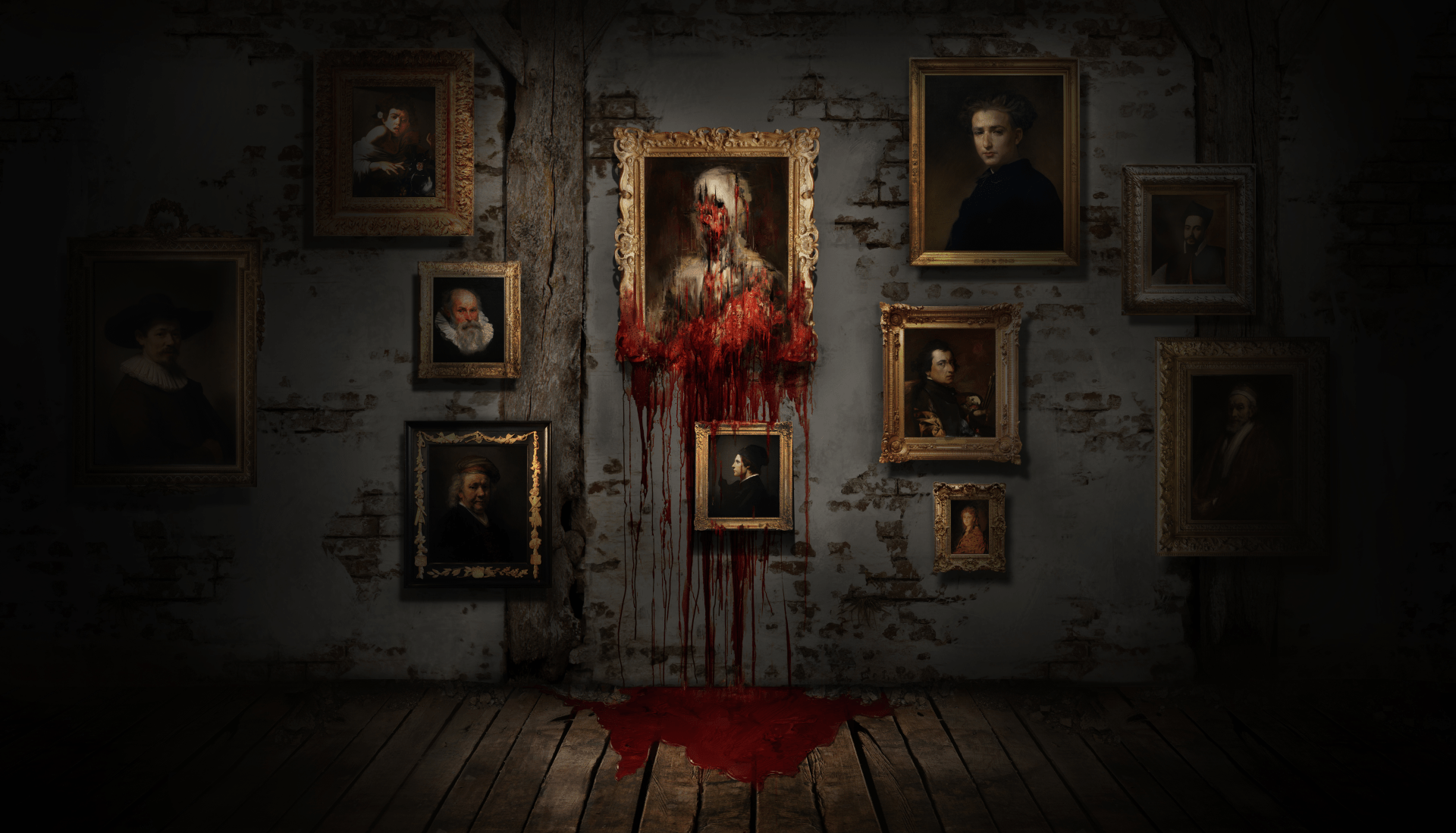
BD: So, Layers of Fear 2 released in May, Blair Witch is coming in August and a third unannounced project is also in the works. Has Bloober Team grown substantially since Observer? How large are the teams working on each game?
Maciej Głomb: Yeah I guess it sounds as if we’ve absorbed a few other indie dev studios. [Laughs.] Of course it would be impossible to develop three games of this caliber at once if we haven’t hired more talent since Observer. Right now we have around 100 people at the office which is probably around 50% more than during the production of Observer. We’ve created three core teams, each working on one project. We also have a team of people with unique skills needed in all three projects. Based on our needs, we assign them accordingly. As you can guess most of them are working on Blair Witch right now. [Laughs.]
BD: Previous Bloober Team games have taken place in closed environments. In Layers of Fear, players were trapped in a house; in Observer, in a tenement building; and in Layers of Fear 2, a cruise ship. How has the team had to adjust their approach to environmental design to make an engaging experience set in the iconic woods of Blair Witch?
Maciej Głomb: Yes, you’re completely right. Our games are known for messing with environment and player’s sense of direction and we’ve already done it in many different spaces. What they had in common though was that they were all pretty narrow, closed areas where we had a lot more control over the player’s attention. We could almost certainly predict where the player will go or look. In Blair Witch we partially lose that control. This time the players will have many big open areas to explore and we can’t always be sure what they are going to do. It all comes down to making the transitions as seamless as possible to invoke this feeling of ‘wow’ in the player when he/she realizes it is not where he/she was supposed to be. We are happy to have some really talented art designers and programmers who can make this magic happen!
Barbara Kciuk: For us, open spaces are not only a challenge but also an opportunity. Sure, it would be much harder to repeat the same tricks we used in Layers of Fear or Observer, but the thing is – we don’t really want to repeat them. We want to experiment and bring something new to the game. And a forest setting gives you completely new tools to play with. Players can never be sure what lurks in the darkness.
BD: Since Basement Crawl was met with heavy criticism in 2014, Bloober has clearly been on an upwards trajectory, starting with that decision to remake that game as Brawl and release it for free. Did the response to that game play a big part in shaping the Bloober we see today?
Maciej Głomb: As with everything in your life, criticism of what you devote yourself to do can sometimes heavily influence you. We weren’t happy with how Basement Crawl had been received and wanted to make up for it with Brawl. What I think is more important though, is that this experience forced us to sit down and reconsider what kind of games we really want to develop. You are probably aware of that but it’s an enormous difference to do something you want to do versus something you have to do. Layers of Fear turned the tables for us as I think it was the first time that everyone was on the same page, everyone wanted to contribute as much as they could. What’s more I think that this idea of creating psychological horror really got to all of us and attracted more developers who were fans of the genre as well, and helping us with our upcoming projects. Then Observer happened which as I already said was a real breakthrough for us; we’ve just released Layers of Fear 2 and Blair Witch is soon to come next. We are just really excited to have this clear vision ahead of us and pursue it with every project.
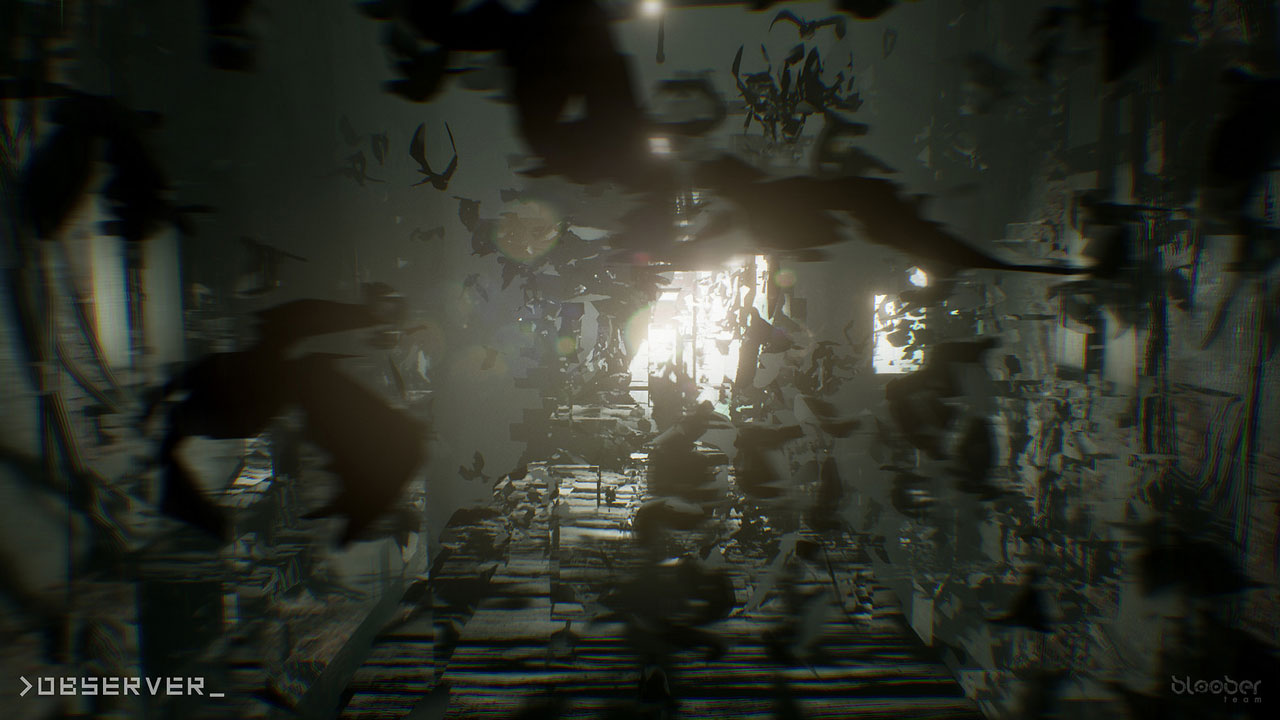
BD: You’ve worked with some cult sci-fi/horror icons like Tony Todd and Rutger Hauer in your previous games, will Blair Witch also feature another cult name?
Barbara Kciuk: This time the biggest cult name will be the Blair Witch herself! We didn’t want to bring someone associated with a different title in to not spoil the mix, so this time we’re focusing more on this legendary universe rather than on celebrities.
BD: Would you say a love of cinema powers much of Bloober’s work? Layers of Fear 2 itself is a celebration of film history as much as it is a horror game, for instance.
Barbara Kciuk: Yeah, that love is very important for our work. However, I wouldn’t limit that to just cinema. We’re a very diverse team full of creative people and we love art in every form and shape. Although Layers of Fear 2 deals with cinematography in the most direct way, each of our games is influenced by it in some way but definitely not limited only to it. Works of culture, in general, are a boundless source of inspiration and the more of it fuels your imagination, the richer experiences you are able to create.
Maciej Głomb: Bartosz Kaproń, who is a Lead Designer of Layers of Fear 2 is a huge fan of cinematography himself. He did such a great job with incorporating all these movie references in the game in a way that is both noticeable for fans of various films and smooth enough and impactful on the overall experience for those who don’t recognize them. I think what he did in Layers of Fear 2 is exactly what we want to do in our games – create those love letters to our passions while providing our players with deeply unsettling horror games. And we can’t wait to show you more!
Layers of Fear 2 is out now on PS4, Xbox One, and PC. Blair Witch will be released on Xbox One and PC on August 30

Interviews
The Hell Heartbeat: ‘Longlegs’ Sound Designer Eugenio Battaglia Reveals Hidden Messages & More [Interview]

Putting aside the raging debate about whether it is, in fact, the “scariest film of the decade,” one thing we can all agree upon is that Longlegs is, at the very least, off putting. There’s something about Osgood “Oz” Perkins’ latest that gets under your skin, even if it doesn’t necessarily reduce you to a total quivering wreck (as some of the more hyperbolic reactions would have you believe).
Maybe it’s Nicolas Cage’s bloodcurdling transformation into the titular Manson-esque killer that sets you on edge. Or perhaps it’s the grisly murders he enacts, the recurring motif of sinister eyes peering out from the shadows, those hidden devils that are artfully concealed in the frame, or the lingering cinematography that gives you an unshakable feeling that something dreadful could happen at any moment. Whatever causes you to squirm, there’s no denying that Longlegs is filled with all kinds of unsettling imagery.
However, those visuals are only one half of the chilling equation here, with the audio doing a lot of heavy lifting of its own. Indeed, while Eugenio Battaglia’s sound design might not be as attention-grabbing as, say, Cage’s gonzo performance or the striking violence that’s peppered throughout the movie, it still does an excellent job of subtly worming its way into your brain, in a way that feels almost violating. Much like the dolls that Longlegs uses to spread his malign influence across the United States.
To find out more about how he pulled off this psychological assault on your senses, we sat down with Battaglia for an exclusive interview. Among other things, we learned how he covertly smuggled hidden messages into the soundtrack, how he imbued Nic Cage with a sense of rock star “Glam” during his (characteristically memeable) singing scenes, and why he thinks you haven’t truly experienced the movie until you’ve seen it at home.
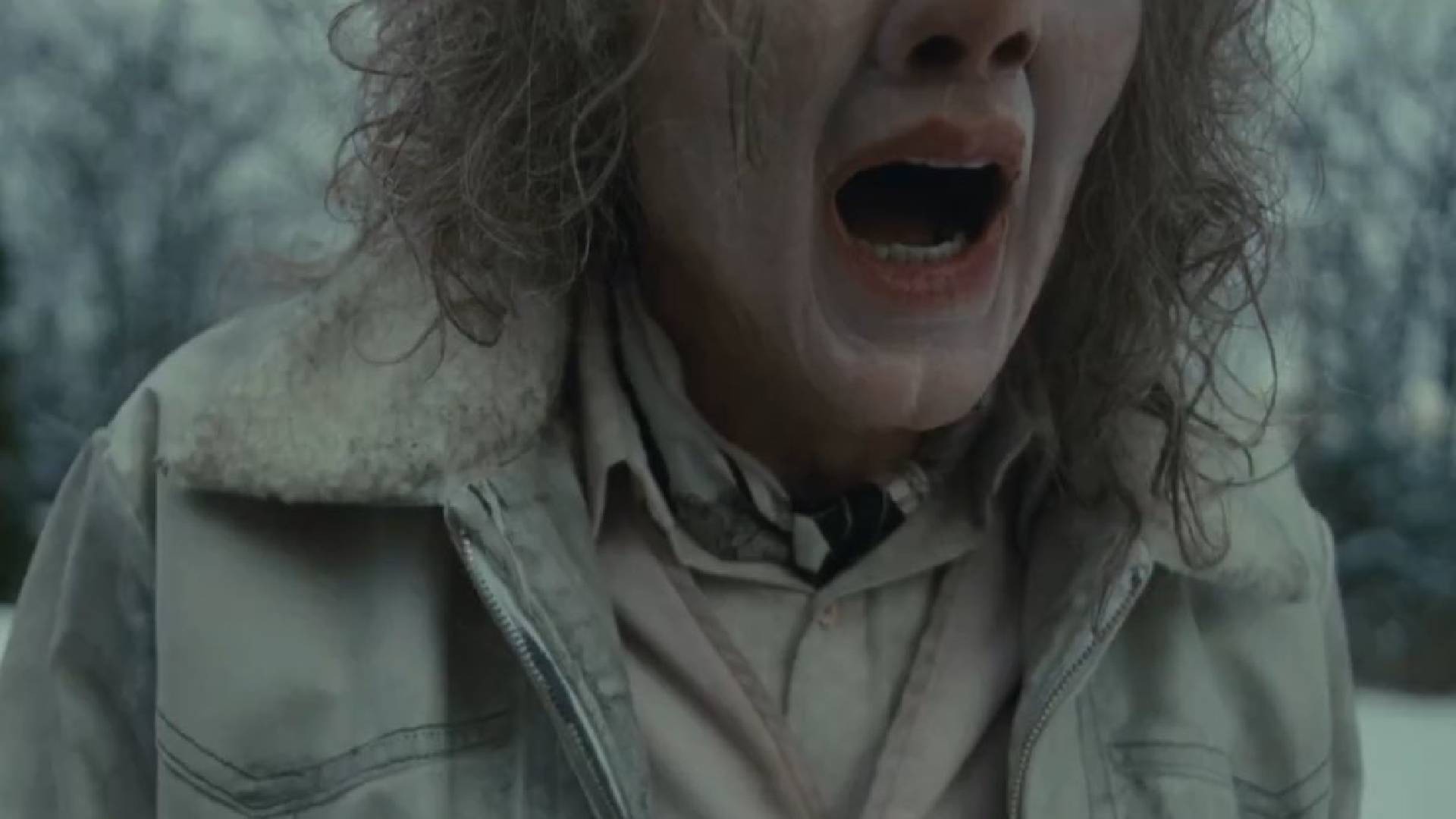
Bloody Disgusting: I want to start by congratulating you on the film. Not only has it clearly resonated with audiences but, when it comes to your contributions specifically, it’s one of those rare instances where the audio makes just as big an impression as the visuals.
Eugenio Battaglia: Thank you very much!
BD: So, my first question is: How did you come up with the disturbing soundscape of Longlegs? Was Oz Perkins prescriptive about what he wanted, or did he give you free rein to do your own thing?
EB: You know, Oz wasn’t too [explicit] about what he did want from the sound. Instead, he gave me a few restrictions and named the things that he didn’t want. Which is really appreciated direction actually. As a sound designer, you have so many options at your disposal, and it can become quite overwhelming trying to decide which tools to use.
Yet when some of those choices are removed for you, it does help with the creative process. The limitations force you to think outside of the box if you know what I mean.
BD: And what parameters did he give you exactly?
EB: Oz wanted it to feel like something was being transmitted or “projected” onto your brain. Similar to what is happening with the main character [Agent Lee Harker]. But he wanted me to accomplish that without resorting to any obvious, on-the-nose techniques. Then he also mentioned that he wanted the movie to have this sort of Rock n’ Roll vibe. Considering about those two stipulations, I thought: “Maybe the whole thing could play like a ‘70s record!”
And, following that train of thought, I then bought this 360-mic and started messing around with the windscreen: using towels, bowls and stuff like that. It produced this hypnotic crackling sound [like one you might hear on a vinyl] that you can trace throughout the film. And from there I also started experimenting with subliminals.
BD: That segues neatly into my next question. I’ve read there are some secret audio effects here that have been reversed, in a manner reminiscent of backmasking. Presumably, that’s another way you’ve tried to make the soundtrack here evoke a creepy old record, like those ones that are supposed to have hidden satanic messages.
EB: Yeah, that’s true! I’ve watched the movie in reverse myself and those [cues] aren’t super obvious to be honest. But you can definitely make out some things if you listen closely enough.
All I did was grab the mic and whispered these sinister things as if I were Longlegs. I’d call out “Harker,” for instance, and I also did some funny stuff like murmuring: “Give us good reviews!” A lot of that was then reversed and played over the quick flashes of disturbing imagery that you see intermittently throughout the movie. You know, those bits that sound like Sauron’s [Black Speech] from The Lord of the Rings. That’s all me!
Probably the most prominent example of reversed audio that you can hear, however, is a pair of recordings, one of myself and another of a priest, reciting the Lord’s Prayer. They’re used over the montage of Harker pouring through the files. I searched “How to summon a demon” and apparently doing the Lord’s Prayer backwards is the top result!
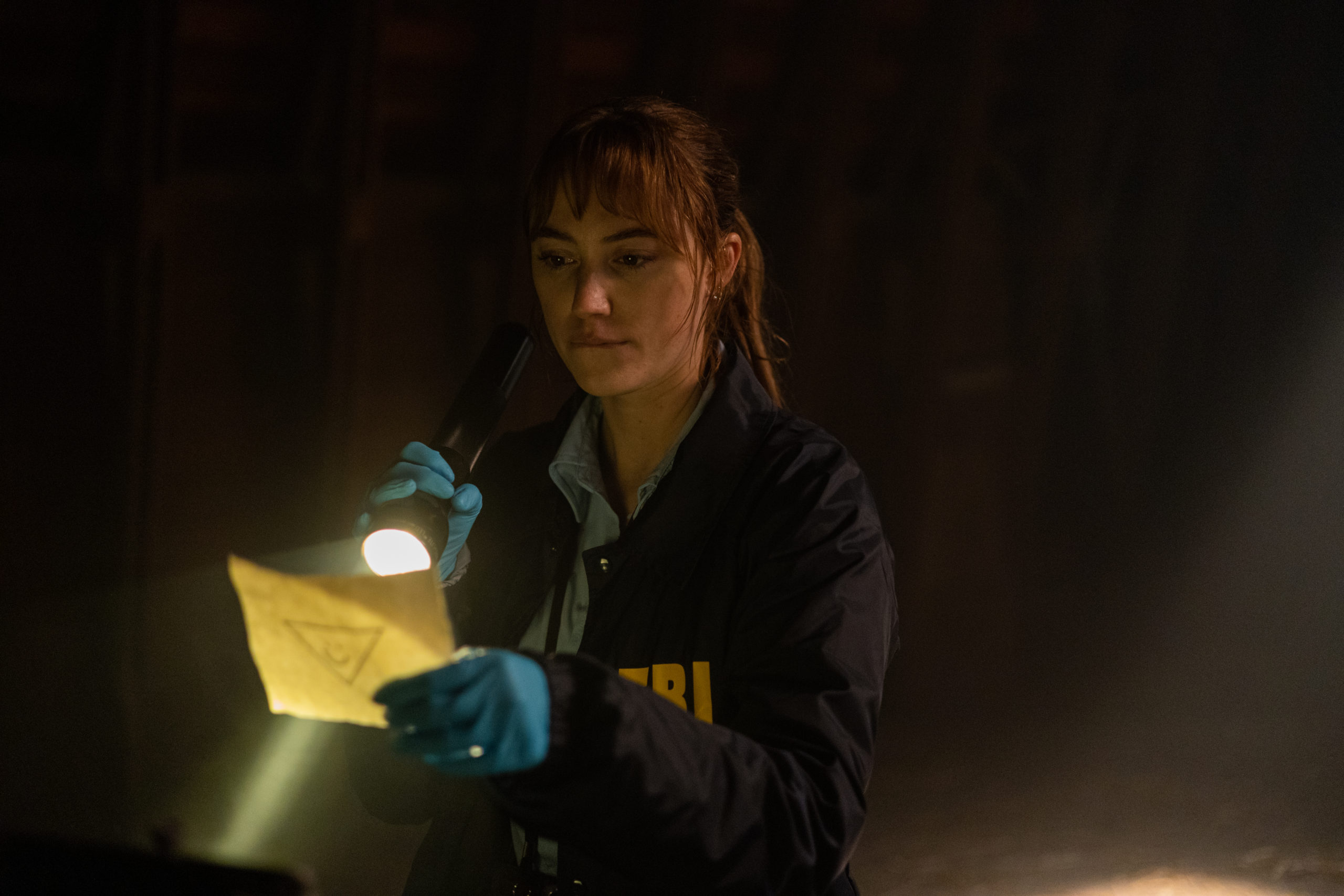
BD: If they’re so inclined, will people be able to hear that when the film is available to watch from home and they scrub through it in reverse? Or have other effects been added to make the recordings even less recognisable?
EB: I am pretty certain you will be able to make out the Lord’s Prayer at least. The other thing you might notice isn’t even vocal, but it’s still a huge part of the soundtrack.
There’s an effect I call “The Hell Heartbeat” which pulsates throughout the whole movie, as if it is calling out to Lee. That one is just a [backwards] recording of me stomping up and down my stairs at home, layered with a bit of Foley. If you reverse the film, you can definitely tell that’s what you are hearing.
BD: That’s really cool! Another thing that stood out to me is that it’s a very quiet flick. There are long stretches of dead silence where no one is talking, where there’s little in the way of background ambience, and where music is conspicuously absent.
EB: Yes.
BD: Fortunately for me, everyone in my screening was locked in, but that’s still a pretty big risk to take, isn’t it? Having it be so subdued when horror multiplex audiences are known for being rowdy.
EB: Oh, I was super worried about that! I went to see Immaculate and The First Omen recently and, in both cases, the experience was ruined by other audience members just being disrespectful. All around me, people were on their phones, they were talking, and they were making fun of what was happening on screen. I remember one teenager even had headphones on and was listening to something else entirely. I was like: “Holy crap! How short can your attention span possibly be?”
After those experiences, I was kind of terrified about the implications it had for Longlegs. I was thinking: “Oh my god, are people going to be talking all the way through our movie?”
Luckily, the couple of times I’ve been to see it that hasn’t happened. I guess there’s enough tension to keep people off their phones. Which is a huge win for me. But you’re right, it was totally a gamble to have it be so quiet in the first place. It could have easily backfired.
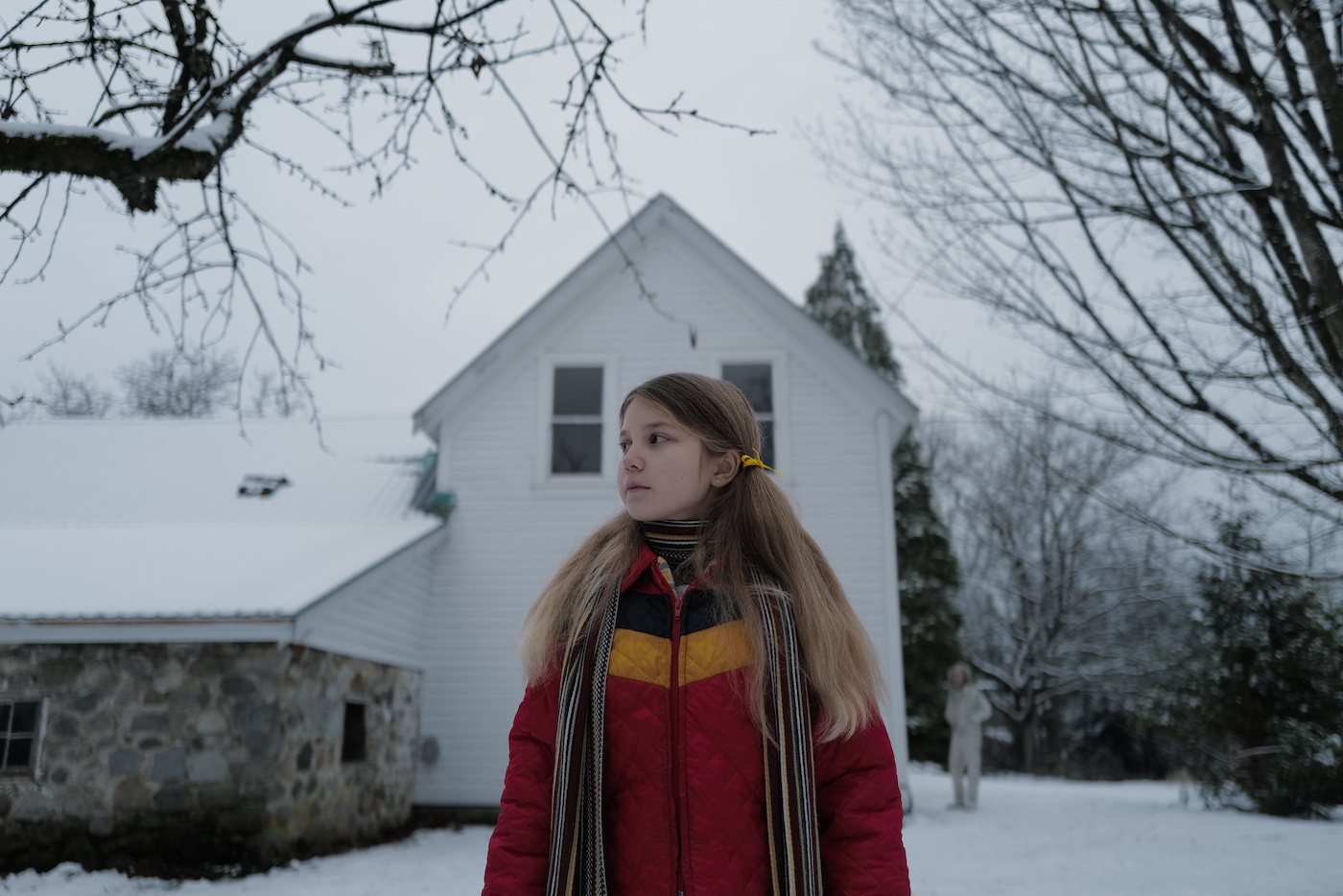
BD: And was it your decision to take that risk or did the direction come from Oz?
EB: Everything related to sound was in my creative control, yes, but the director is the one who makes the ultimate call when it comes to approving the final mix. I think, in this case, it was just a coincidence that Oz and I have similar tastes. I’d obviously seen his previous works and was a huge fan of The Blackcoat’s Daughter and I Am the Pretty Thing That Lives in the House. So, I knew he was into his quieter, more subdued stuff and approached it with that style in mind.
Like him, I want you to be able to hear the details of every individual floorboard creek and footstep. I don’t want them drowned out by music or ambient noise.
From a horror perspective, that quiet also lulls you into a false sense of security and makes you vulnerable to the next big hit. There aren’t many [jolts] in Longlegs but that only makes the couple we did sneak in all the more effective.
BD: Yeah, it’s pretty light on jump scares isn’t it? How did that impact your work as a sound designer?
EB: It was all about me doing my own thing and my primary focus was the mind control element. Strangely enough, one of my biggest influences in that respect was actually ASMR. I wanted to try and distil the hypnotic effect that people get from that; only here it is much less relaxing and far more unsettling!
Oz was also very adamant about not doing those horror tropes like jump scares. He loves the genre but doesn’t watch many contemporary releases. He just has zero interest. As such, he doesn’t really give you any horror reference points to try and emulate. Instead, he likes to make his films rich on other, outside influences –
BD: Like rock n’ roll?
EB: Exactly! He always emphasized that this was, at its core, a rock n’ roll movie and a story about mothers. But he never once labelled it “horror” or mentioned the Devil when describing what he was going for. Which made me tackle things in an altogether different way.
BD: Do you have any examples of how his unusual steer influenced the direction you took?
EB: One that springs immediately to mind is that the movie is full of gongs because of what Oz said! [The T-Rex track] Bang a Gong is quite a big part of Longlegs as you’ll know. The film opens with a quote from its lyrics and then ends with it playing over the credits. So, I thought it made sense to include a bunch of gong sounds throughout. I then reversed these, and it resulted in a strange humming noise that [characterises] the frequency of those metal ball bearings inside the dolls.
[The rock n’ roll idea] also influenced how I approached the character of Longlegs himself. When Nick Cage is going nuts and singing, Oz wanted him to sound “glam,” rather than demonic. It was one of the hardest challenges for me to figure out, because I wasn’t sure if that meant I needed to add reverb, delay or what.
In the end, I found this cool electric guitar and I pitched it to [Nick’s] voice whenever he’s going into that super high register. It makes it sound like he’s tapping into some crazy satanic vibe.
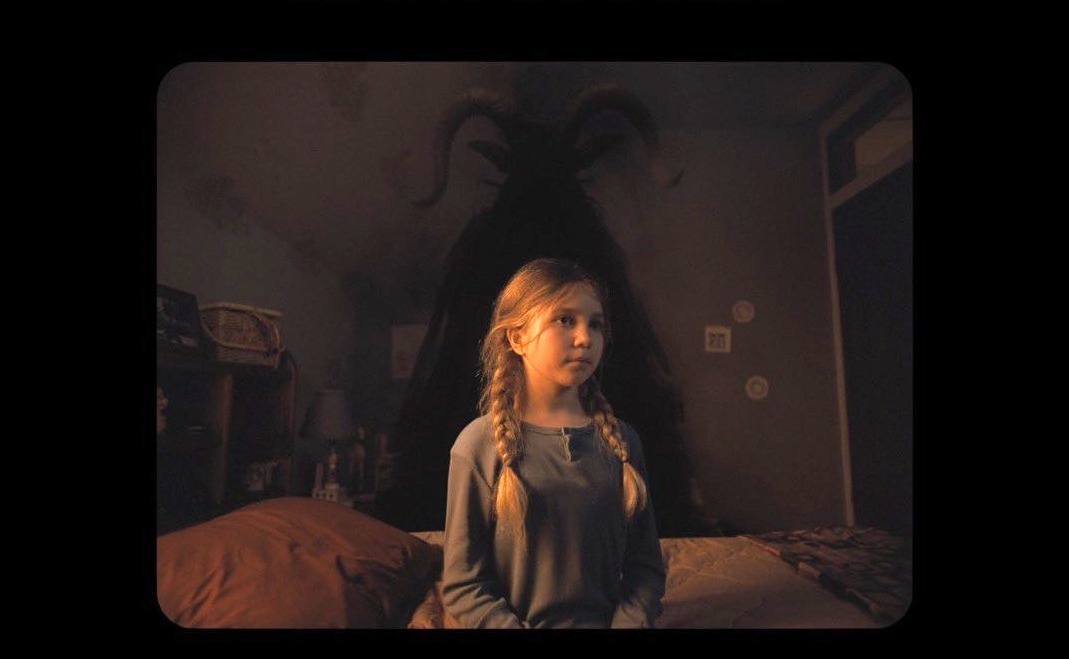
BD: As we just discussed, I had the privilege of watching this in a cinema with near-perfect conditions. Over the speakers, I could hear every ambient hum and ominous whisper. But I’m curious if that’s the target audience you have in mind when you’re putting together the audio mix for a film nowadays, or if you have to cater more to those watching at home or on streaming?
EB: I definitely think about the TV, but it’s the last thing I do. In music, we have this thing called “the car test” [whereby recordists use the sound system of a car radio to do a final pass on their track, making sure it works in every possible environment]. For me, working in the film industry, the equivalent of that is “the TV test.”
The thing is, I personally love watching movies with headphones. To me, that’s the optimal experience. You get great surround, base frequencies and dynamics. So, I kind of develop my mixes with that in mind.
With Longlegs, a lot of the stuff that I recorded on my mic [like rubbing the windscreen with a towel or the reversed whispering] are stereo effects. You can only truly appreciate that with headphones on, as it makes those noises sound like they are enveloping you and coming from behind.
BD: I’ve gotta say, I think that would be unbearably tense. Watching this film alone at night, with your creepy audio being piped directly into my ear, would be pure nightmare fuel.
EB: That’s what I mean! These horror films can work on the big screen for sure — Paranormal Activity scared the shit out of me in the theater — but they can be absolutely heart-stopping when you’ve got headphones on.
And I think that’s true of Longlegs. It really is a whole new experience if you listen to our movie with headphones. I’m stoked for people to have that opportunity when it releases at home.
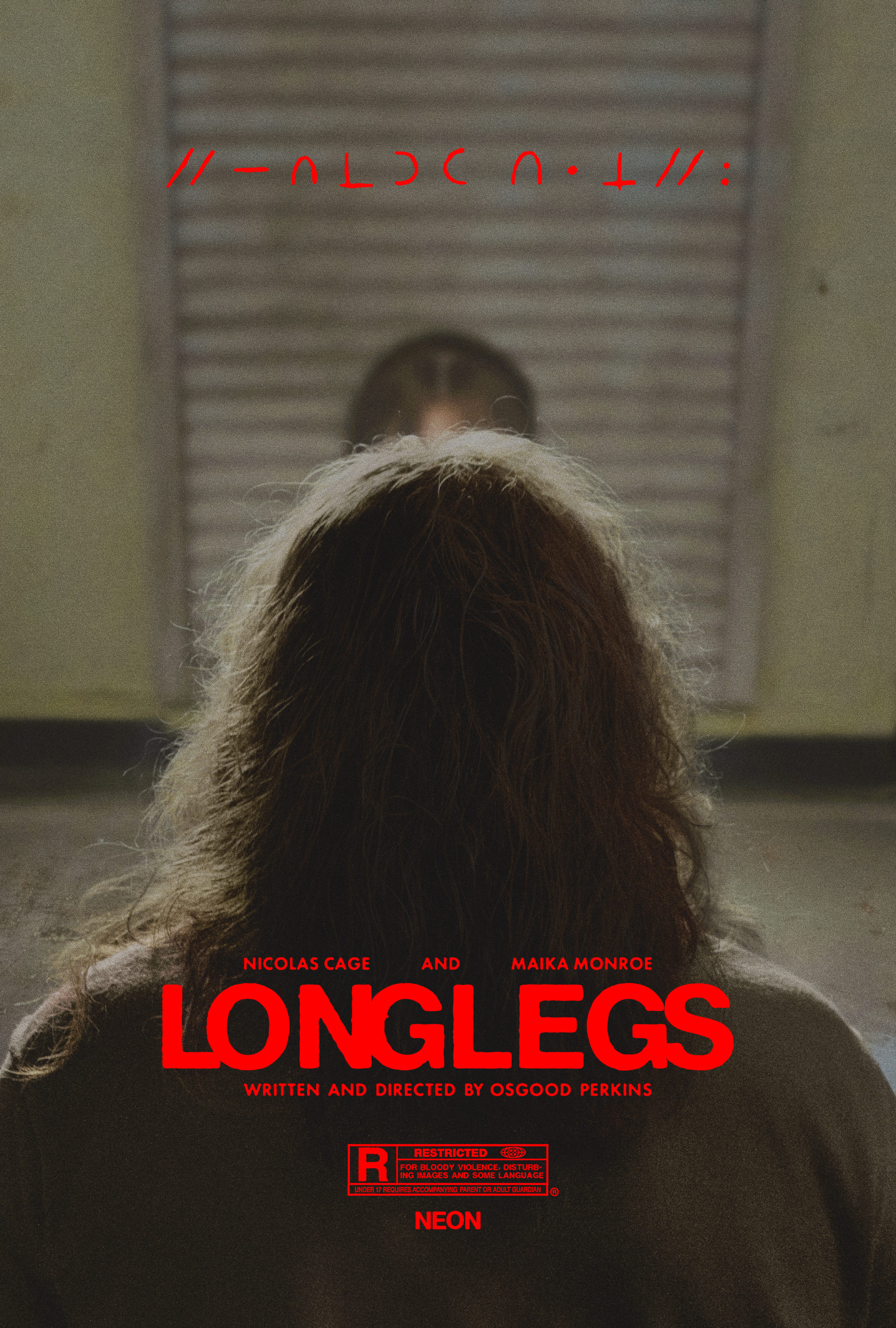

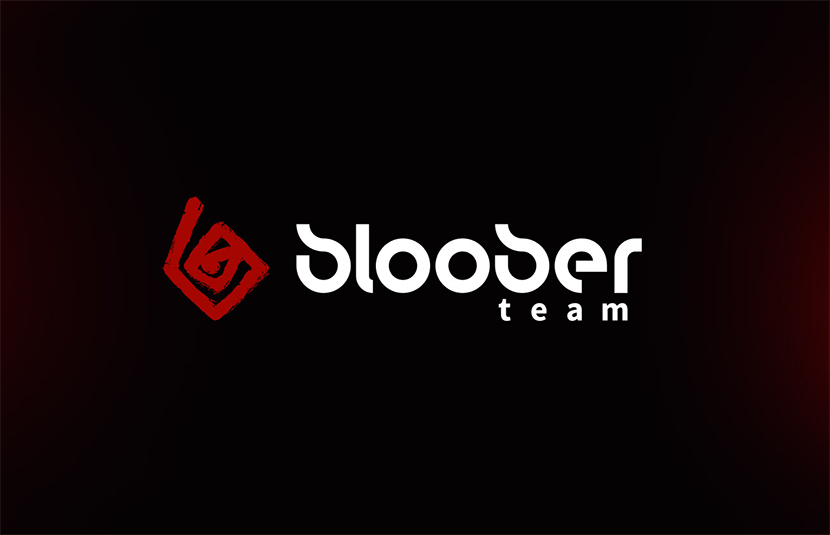



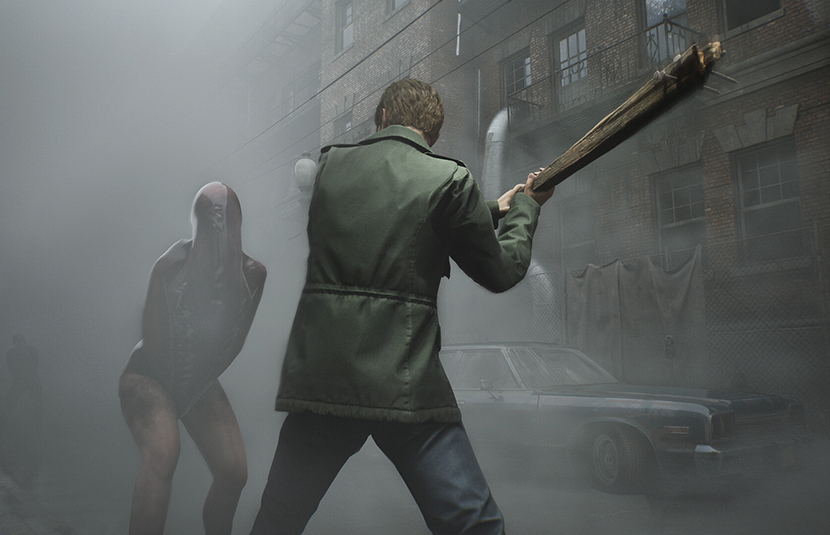


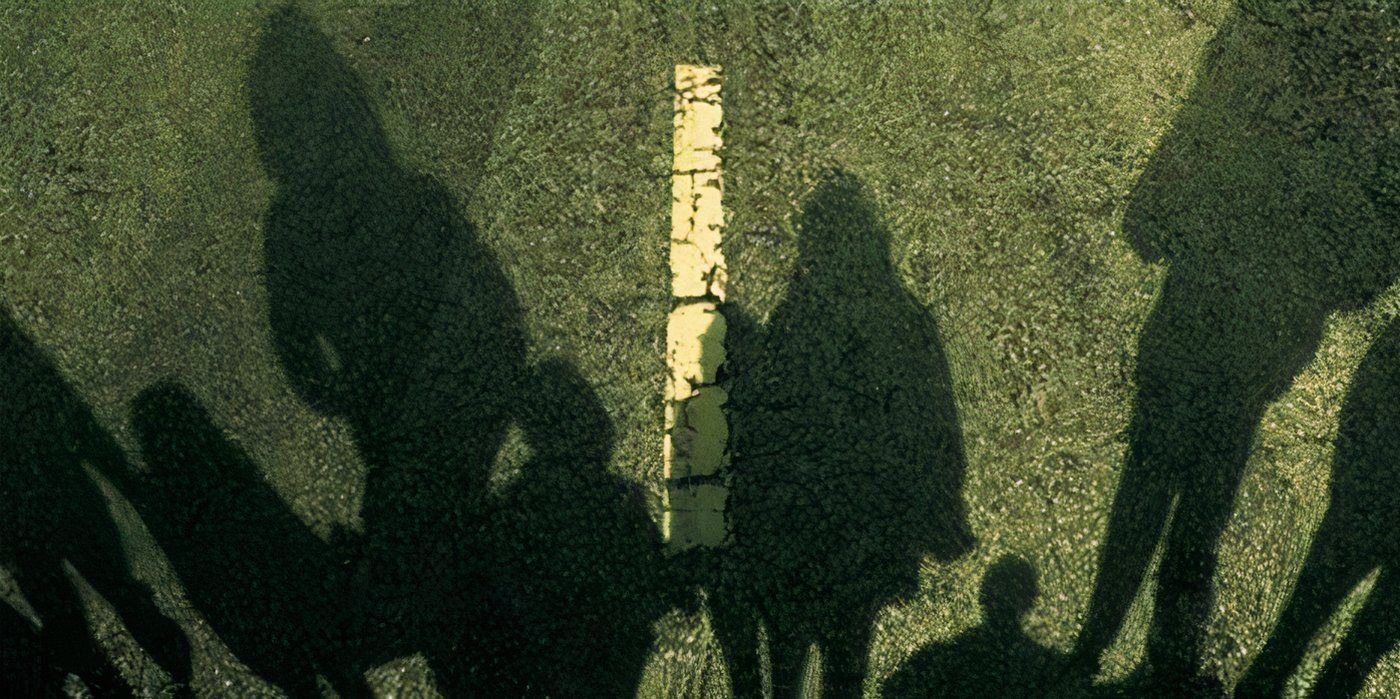



You must be logged in to post a comment.